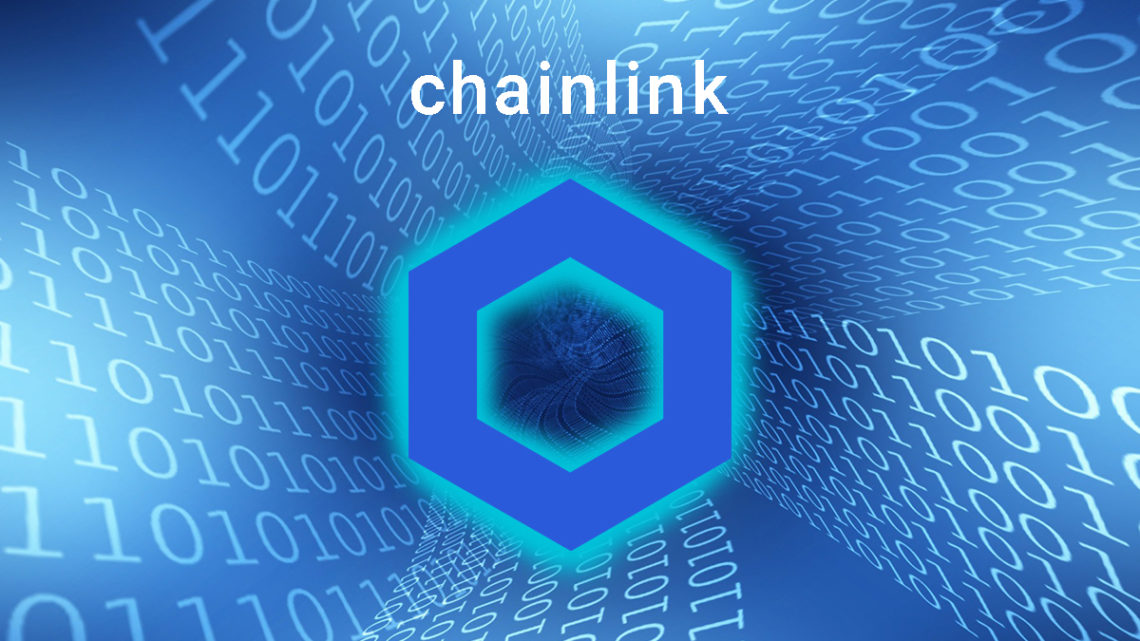The primary function of Chainlink is to solve the problem of importing reliable external data onto the blockchain. If you think about it, the blockchain is pretty much hermetically sealed, it exists in it’s own little bubble in cyberspace, getting external data to communicate with it reliably can be tricky. Obtaining data from the outside world that is one hundred percent accurate and has not been tampered with requires the use of an Oracle, of which Chainlink is an example. Chainlink provides reliable data based on external events to Blockchains such as Ethereum and others, and aims to solve this trust and reliability problem.
There are many reasons why we would require reliable data obtained from an Oracle. One major requirement for the use of Oracles is to obtain reliable random numbers. Computers in general struggle with randomness, and computer generated randomness is often pseudo-random, meaning that although the numbers thrown appear to be random, they are in fact part of a very large pattern. The existence of this pattern causes all sorts of problems regarding the legitimacy of the random numbers produced and so blockchains will seek out a more reliable source of randomness, which Chainlink provides.
The applications of this reliably obtained random number are numerous, and the importance of Chainlink VRF cannot be understated. Randomness is a key component of transactions themselves on Ethereum, not to mention playing a key role in crypto gaming, DeFi applications, even in NFT collections such as Art Blocks. Without a true source of randomness available to these applications they would not be able to function correctly.
Of course, Chainlink is more than just a randomness oracle, and it can be used to introduce many different types of data sets to the blockchain, allowing for greater flexibility in terms of Dapp creation. Use cases include insurance and gambling, but really the possibilities are endless. In terms of insurance Chainlink can be implemented to relay weather data for instance back to the blockchain, so smart contracts pay the farmer in the event of a drought. With gambling, something similar can occur, only this time Chainlink feeds results back to the smart contract, which pays the punters.
Use cases for this technology abound and we are truly at the early stages of the technology. We can expect developers to innovate using this technology over the next decade or so and so create new and exciting Dapps. As Chainlink can plug in to many different blockchains, and is so versatile, it seems to me that it is a good bet for the future, all things considered.


